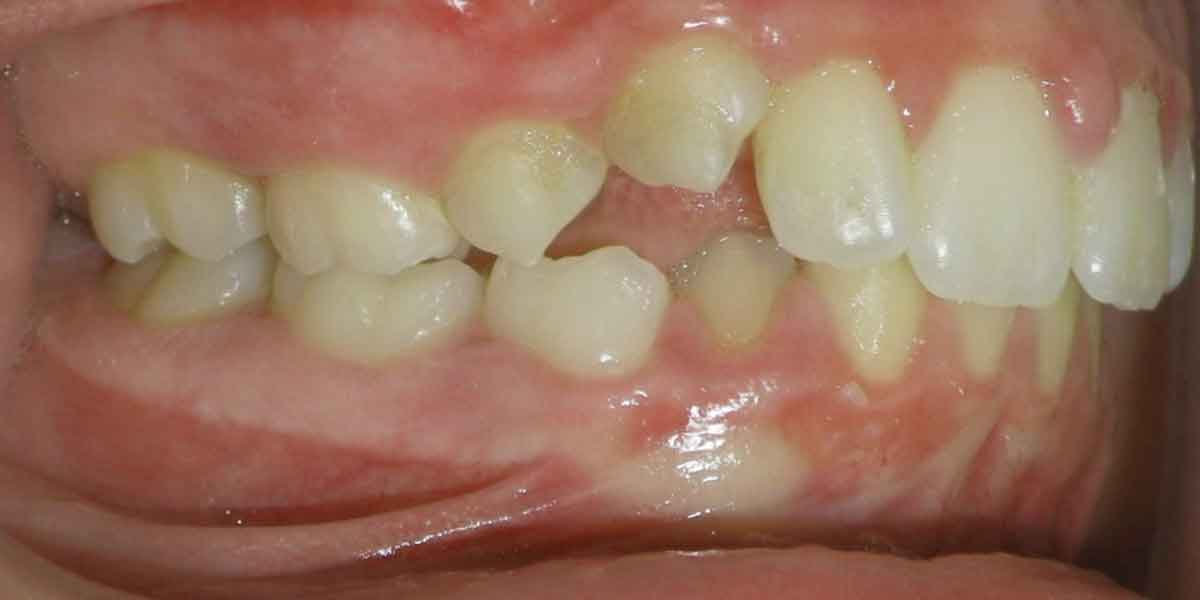Thumb sucking is a prevalent behavior among infants and toddlers, offering them comfort and security. While harmless in the early stages, prolonged thumb sucking can have negative effects on both dental health and overall development. It is crucial to address this habit early to prevent any potential issues. In this article, we will delve into the impact of thumb sucking on dental health and provide effective strategies to help children break this habit.
Understanding Thumb Sucking
Thumb sucking is a natural reflex for infants, serving as a source of comfort and security. Most children naturally stop this habit between the ages of two and four. However, if thumb sucking persists beyond this age, it can lead to various dental complications.
Reasons for Thumb Sucking
Children engage in thumb sucking for various reasons, including seeking comfort, self-soothing during stressful situations, forming a habit from infancy, or combating boredom or inactivity.
Effects of Thumb Sucking on Dental Health
Prolonged thumb sucking can significantly impact a child’s dental health, motivating parents to address the habit promptly.
Malocclusion
Malocclusion refers to teeth misalignment, which can result from prolonged thumb sucking. This behavior can cause the upper front teeth to protrude (overbite) or the lower teeth to tilt inward (underbite), affecting chewing, speech, and self-esteem.
Palate Deformation
Continuous thumb sucking can also influence the development of the palate, leading to a high, narrow palate that may cause breathing difficulties and improper teeth alignment.
Speech Problems
Dental misalignments and palate deformation from thumb sucking can contribute to speech issues, such as lisps, impacting a child’s communication skills and social interactions.
Skin Irritation
Chronic thumb sucking can lead to skin irritation, calluses, or infections on the thumb, causing discomfort and potentially requiring medical attention.
Strategies to Break the Thumb Sucking Habit
Breaking the thumb-sucking habit may pose challenges, but with patience and consistency, it is achievable. Here are effective strategies to help children overcome this behavior.
Positive Reinforcement
Utilizing positive reinforcement can encourage behavior change. Praise your child for not sucking their thumb and offer rewards for progress, such as using a sticker chart to track achievements.
Identify Triggers
Understanding the triggers for thumb sucking can help address the root cause. Keep a journal to track when thumb sucking occurs, identify patterns, and provide alternative comfort or distraction methods.
Use Gentle Reminders
Gently reminding your child to refrain from thumb sucking can increase awareness of the habit. Avoid harsh scolding and instead use calm reminders to encourage them to stop.
Provide Comfort and Security
If thumb sucking serves as a source of comfort, offer alternative sources such as cuddles, a favorite blanket, or a special toy to help your child feel secure without thumb-sucking.
Use a Thumb Guard
Thumb guards are plastic devices that hinder thumb sucking. Explain the purpose to your child and use it consistently, especially during peak thumb-sucking times.
Seek Professional Help
If efforts to stop thumb sucking are unsuccessful, consider seeking help from a pediatric dentist, orthodontist, or therapist for additional strategies and interventions.
Conclusion
Thumb sucking is a common habit among young children that can lead to dental and developmental issues if prolonged. By employing positive reinforcement, identifying triggers, providing comfort, and seeking professional assistance, parents can help children break this habit and safeguard their dental health. With patience and consistency, children can overcome thumb sucking and enjoy a healthier, happier smile.




